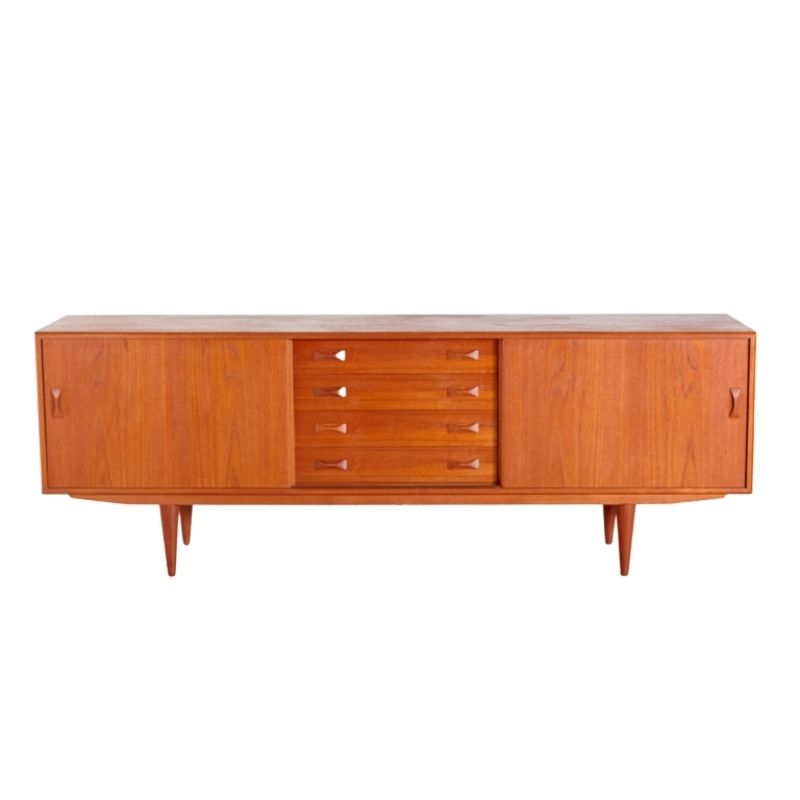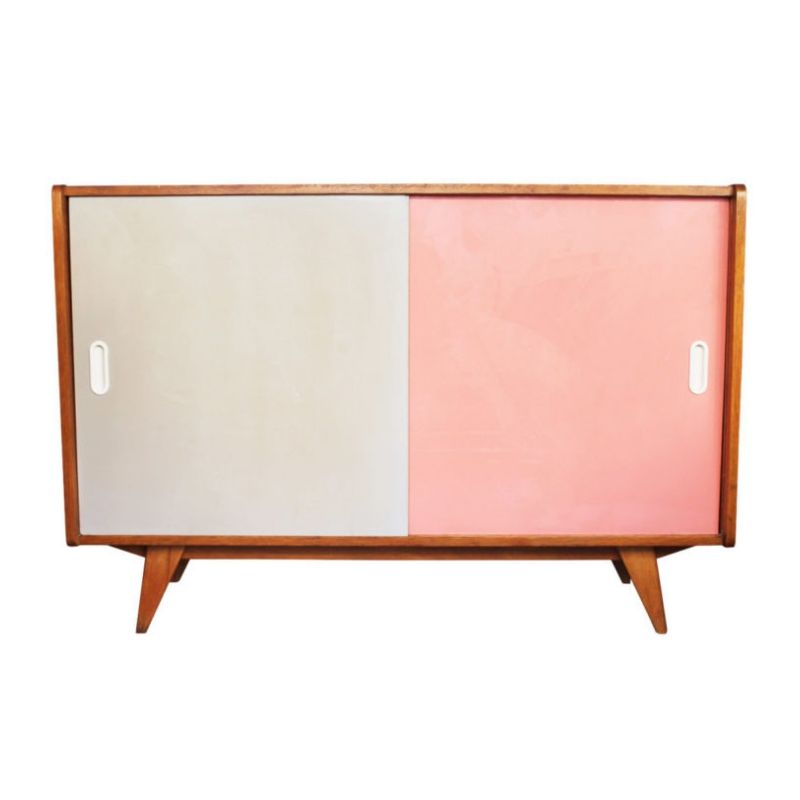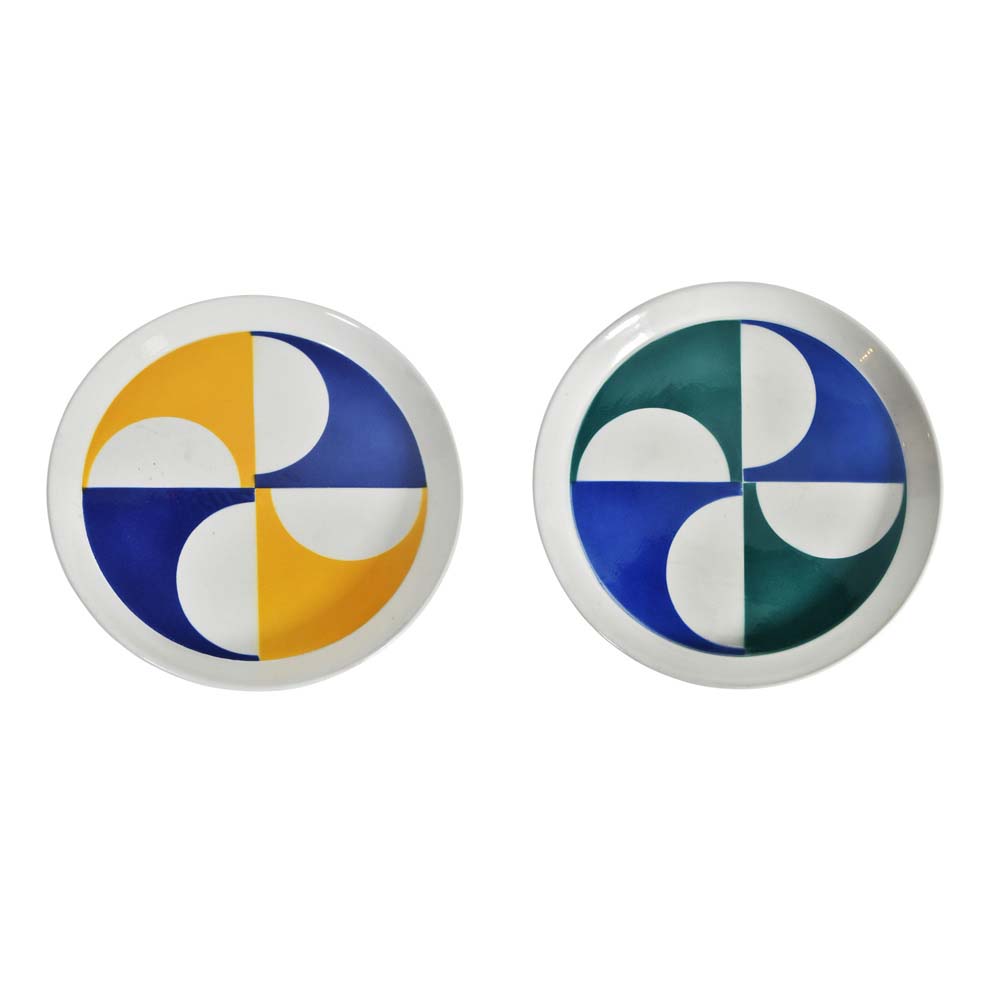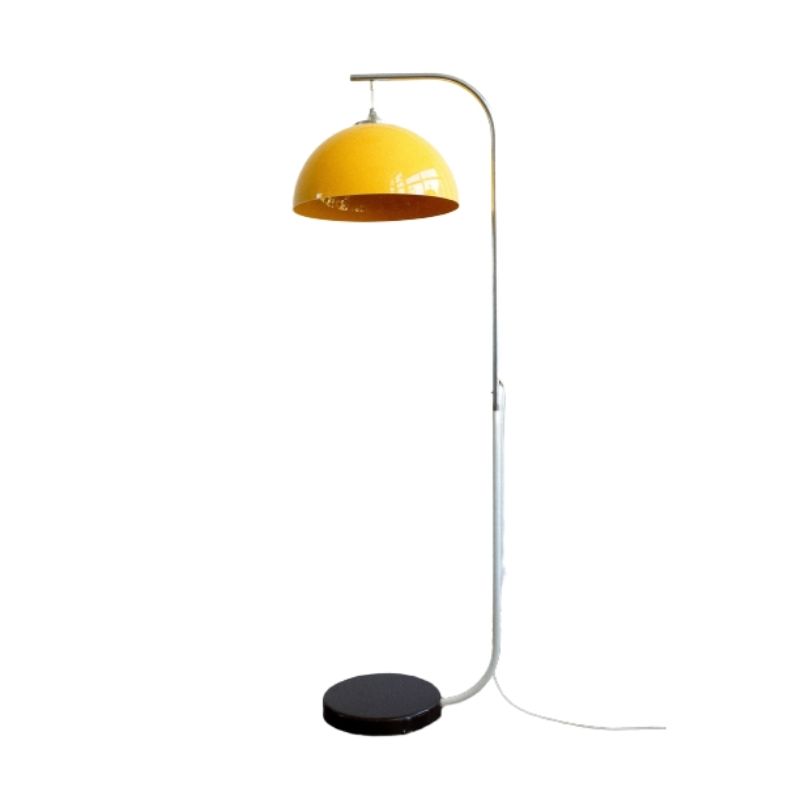A question to the group: Is it better to treat vintage wooden furniture with sandpaper (which removes a significant layer of the surface) or with steel wool and turpentine? I sometimes see even professional providers often resorting to sandpaper and sanders. Personally, I only use steel wool on my furniture. Does anyone have a clear guideline on when to use sandpaper and when to use steel wool?
@Browkin Generally, @tktoo is the expert for such questions, but I would say that steel wool and sandpaper serve two different purposes. Steel wool is most comparable to very fine sandpaper, and is used to refresh the surface, clean it, and give it a matte finish. Sandpaper, on the other hand, can be used to repair scratches and superficial damage. The question is what I want to achieve with the renovation. If I want the chair to look more like a new piece of furniture, I'll probably use sandpaper. If I want to preserve the patina, I'll use steel wool. This decision depends on your taste, but also on the damage. Signs of wear are nice, but ballpoint pen marks on a desk surface may not be necessary, even if they are historical. However, as far as I know, steel wool is not generally recommended for oak because it can cause discolouration.
"People buy a chair, and they don't really care who designed it." (Arne Jacobsen)
A few thoughts:
I agree with what H-bone said except the "expert" part. I've never refinished furniture professionally, though I've learned a lot doing work on my own pieces and for friends and family. To be honest, finishing ("re" or otherwise), is my least favorite part of woodworking. Most of my technical training was gleaned from established protocols regarding care and treatment of museum collections in my career working with accredited furniture conservators.
#0000 steel wool is all I've ever used in my shop, mostly for "rubbing-out" glossy finishes to a satin sheen. I think here (in the US), use of steel wool has largely been supplanted by synthetic abrasive pads such as 3M Scotch-Brite products, though these can react with some solvents so maybe not the best for use with some more aggressive solvents or paint-stripping products.
I, too, have heard and read cautionary tales about bits of steel wool becoming embedded in pores of oak and other high-tannin species causing blue/black staining, though I've never actually seen evidence of such. I believe Liberon markets bronze wool specifically for those concerned about this possibility, so perhaps it's true.
I do very much like using pure gum turpentine mostly for its aroma, especially when combined with linseed oil. It's gotten hard to find lately, however. For initial cleaning of furniture in preparation for re-oiling, any of the petroleum-derived "odorless" paint thinners or white spirits will effect similar results. I prefer old, course-weave linen dish towels and elbow grease for removal of heavy grime, old wax and oil build-up, but careful use of #00 or #000 steel wool might make faster work of this tedious task without causing too much damage to that all-important oxidized surface of the wood we commonly call "patina".
@herringbone, @tktoo, thank for the detailed response. I gather that I am fundamentally correct in choosing steel wool instead of sandpaper. @Herringbone: I'm not referring to spot repairs where areas need to be smoothed out after something like a jam, but rather the full-surface treatment of the wood frames. I often receive chairs that have been sitting for years and decades in basements or attics, with frequently dried-out wood and other unsightly signs of wear. I scrub the wood frames thoroughly with steel wool and turpentine, wash them twice to ensure that dirt doesn’t soak into the oil when I oil them, and let them dry overnight. It is only the next day that I apply transparent oil and, if necessary, wood wax afterward.
Once again, the reason for my post was that I see large and experienced dealers on Instagram working on holistic wood surfaces with electric sanders, which leads me to question whether I'm not up to date with my methods. But then I'll stick with what I have.
If you need any help, please contact us at – info@designaddict.com









